Osteospermum Companion Plants That Will Make Your Garden Pop
Osteospermum Companion Plants That Will Make Your Garden POP
Osteospermum, also known as African daisies, are a popular choice for gardeners because of their colorful blooms and easy care. But did you know that choosing the right companion plants can help your osteospermums thrive and even add some extra pizzazz to your garden?
In this blog post, we'll discuss some of the best companion plants for osteospermum. We'll also provide some tips on how to choose the right companions and how to plant them together.
So, what are the best companion plants for osteospermum?
Here are a few of our favorites:
- Lavender: Lavender's silvery foliage and fragrant flowers make it a great companion for osteospermum. Both plants prefer full sun and well-draining soil, and their contrasting colors and textures create a striking display.

- Salvia: Both annual and perennial salvias can be excellent companions for osteospermum, as they share similar growing conditions and attract pollinators. Their vertical flower spikes create a nice contrast with the mounding habit of African Daisies.
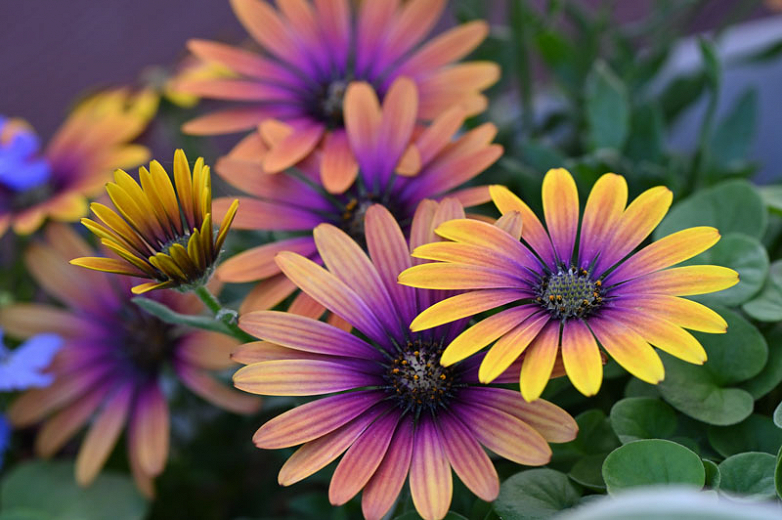
- Echinacea: Echinacea is another pollinator-friendly plant that pairs well with osteospermum. They both enjoy sunny locations and provide long-lasting color throughout the season.

- Ornamental grasses: The fine textures and soft movement of ornamental grasses, such as blue fescue (Festuca glauca) or fountain grass (Pennisetum), complement the bold colors and shapes of Osteospermum flowers.

- Sweet alyssum: Sweet alyssum looks terrific planted around the base of osteospermum. Its delicate white flowers and trailing habit help to soften the edges of the African daisy plants.
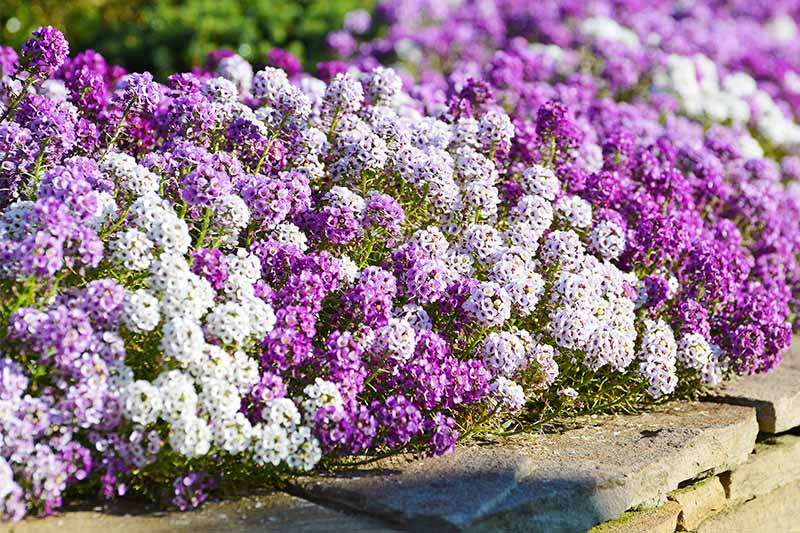
- Pansy: Pansy loves the same weather conditions as Osteospermum making it a great companion. They can be planted together in a pot or in the ground, and their colorful blooms will brighten up your garden all season long.

- Nemesia: Add some fragrance to a pot of Osteospermum by adding Nemesia. Its bright orange, yellow, and pink flowers will complement the African daisy's blues and purples.
How to choose the right companion plants
When choosing companion plants for osteospermum, there are a few things to keep in mind:
- Sunlight: Osteospermum loves full sun, so make sure to choose companion plants that also prefer full sun.
- Water: Osteospermum is drought-tolerant, but it does need regular watering during the hot summer months. Choose companion plants that have similar water needs.
- Soil: Osteospermum prefers well-draining soil. Avoid planting it in soil that is prone to waterlogging.
- Pollinators: Osteospermum is a magnet for pollinators, so if you're looking to attract bees, butterflies, and other beneficial insects to your garden, choose companion plants that are also attractive to pollinators.
How to plant osteospermum with companion plants
Once you've chosen your companion plants, it's time to plant them together. Here are a few tips:
- Plant osteospermum in the center of the bed or pot. This will give it the space it needs to spread out and grow.
- Plant companion plants around the edges of the bed or pot. This will help to fill in the space and create a more balanced look.
- Space the plants evenly. This will help to ensure that they all have enough room to grow.
- Water the plants well after planting.
With a little planning, you can easily create a beautiful and thriving garden by planting osteospermum with companion plants. So next time you're at the nursery, be sure to pick up a few of your favorite osteospermum varieties and some of their complementary companions. Your garden will thank you!
Osteospermums, also known as African daisies, are beautiful flowers that can add a pop of color to any garden. But did you know that they can also be beneficial to other plants in your garden? That's right, osteospermums can make great companion plants!
Here are a few of the best companion plants for osteospermums:
- Lavender: Lavender's silvery foliage and fragrant flowers make it a great companion for osteospermum. Both plants prefer full sun and well-draining soil, and their contrasting colors and textures create a striking display. Gardenia Inspiration has a great article on lavender as a companion plant for osteospermum.
- Salvia: Both annual and perennial salvias can be excellent companions for osteospermum, as they share similar growing conditions and attract pollinators. Their vertical flower spikes create a nice contrast with the mounding habit of African Daisies. Gardenia Inspiration has a comprehensive guide to salvia companion plants, including osteospermum.
- Echinacea: Echinacea is another pollinator-friendly plant that pairs well with osteospermum. They both enjoy sunny locations and provide long-lasting color throughout the season. Gardenia Inspiration has a blog post on the benefits of companion planting with echinacea.
- Ornamental grasses: The fine textures and soft movement of ornamental grasses, such as blue fescue (Festuca glauca) or fountain grass (Pennisetum), complement the bold colors and shapes of Osteospermum flowers. Gardenia Inspiration has a gallery of photos showing osteospermums paired with different types of ornamental grasses.
If you're looking for beautiful and beneficial companion plants for your osteospermums, be sure to check out Gardenia Inspiration. They have a wealth of information on companion planting, and they can help you create a garden that is both beautiful and productive.
FAQ of osteospermum companion plants
Q: What are some good companion plants for osteospermum?
A: Osteospermum plants are relatively easy to care for and can be grown in a variety of conditions. However, they do best when planted with companion plants that have similar growing requirements. Some good companion plants for osteospermum include:
- Lavender: Lavender is a drought-tolerant plant that can help to deter pests from osteospermum plants. It also has a lovely fragrance that can attract beneficial insects.
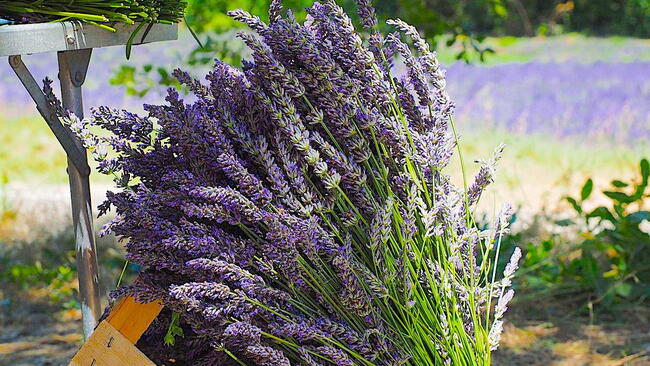
- Salvia: Salvia plants are also drought-tolerant and can help to attract pollinators to osteospermum plants. They come in a variety of colors, so you can choose one that complements the colors of your osteospermum plants.
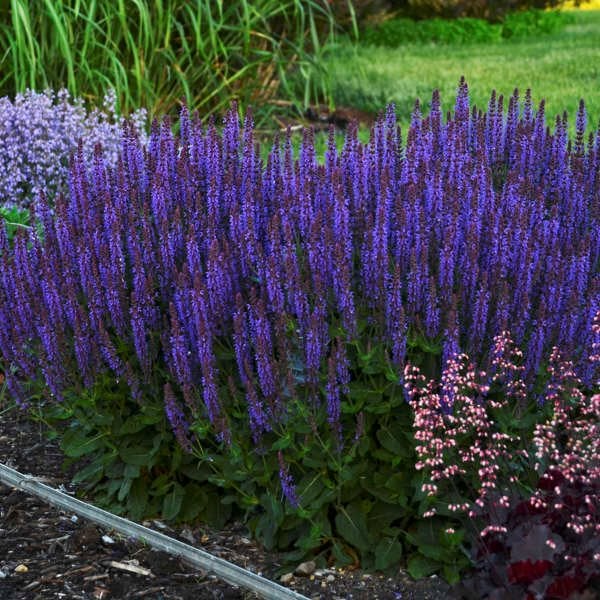
- Agapanthus: Agapanthus plants are tall and upright, which can help to provide structure and height to a border or garden bed. They also have beautiful blue or white flowers that bloom in the summer.
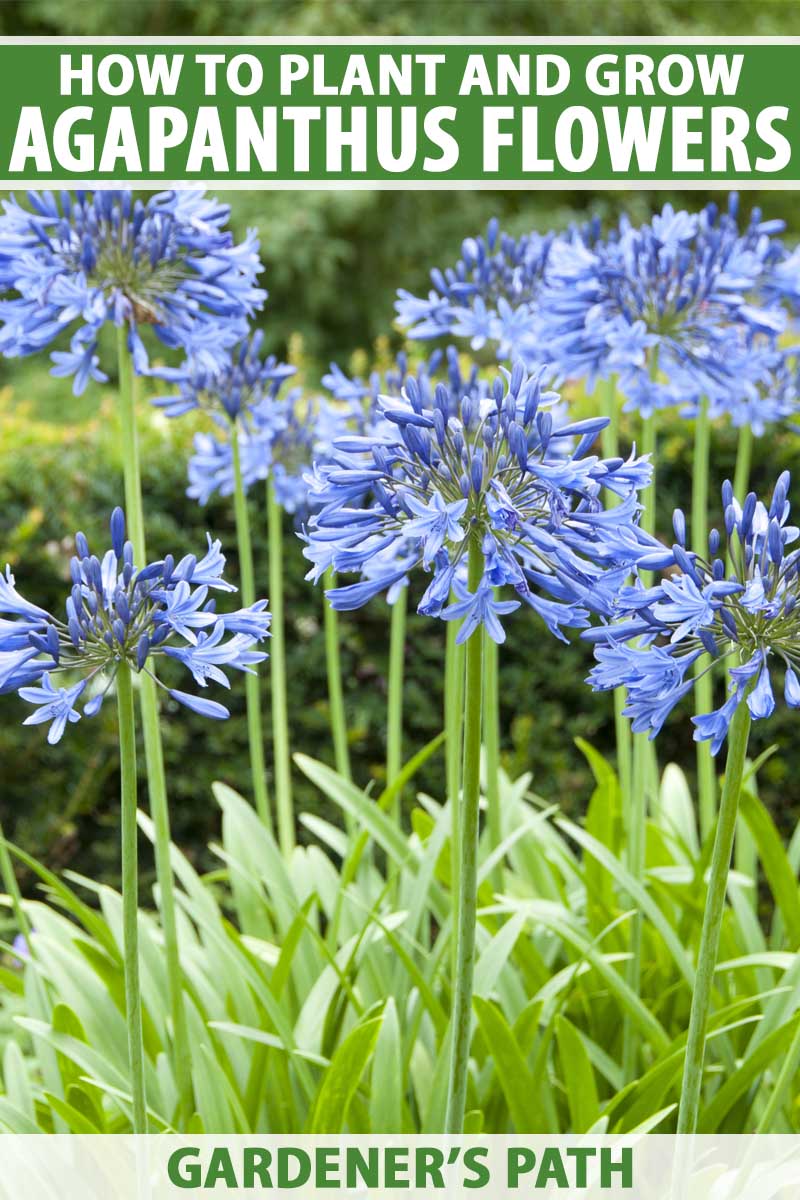
- Zinnia: Zinnias are easy-to-grow annuals that come in a wide variety of colors. They can help to add color and interest to a garden bed, and they also attract pollinators.
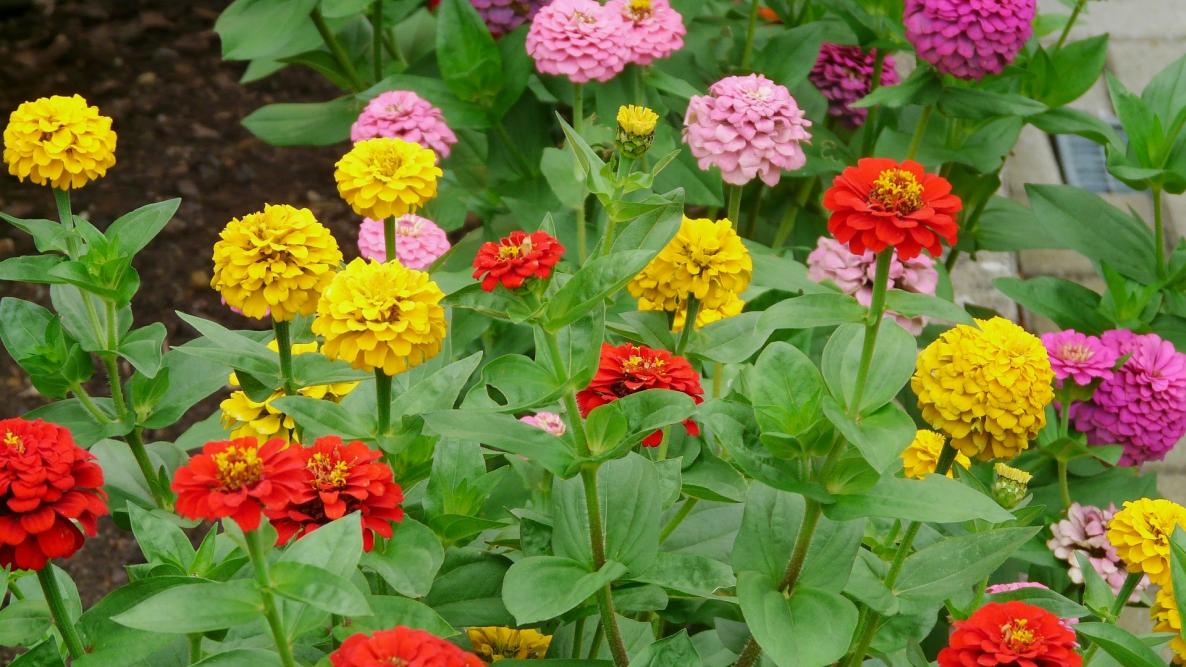
- Cosmos: Cosmos are another type of easy-to-grow annual that comes in a variety of colors. They are similar to zinnias in terms of their growth requirements and the benefits they provide to a garden.
Q: When should I start osteospermum?
A: Osteospermum plants can be started indoors from seed about 6-8 weeks before the last frost date in your area. They can also be planted directly in the garden after the last frost date.
Q: What is the spacing for osteospermum?
A: Osteospermum plants should be spaced about 12 inches apart. This will give them enough room to grow and spread.
Q: How do I care for osteospermum plants?
A: Osteospermum plants are relatively easy to care for. They need full sun and well-drained soil. They should be watered regularly, especially during hot, dry weather. Osteospermum plants are also susceptible to powdery mildew, so it is important to water them at the base of the plant and to avoid getting water on the leaves.
Q: How long do osteospermum plants live?
A: Osteospermum plants are annuals, which means that they only live for one year. However, they can be propagated from seed, so you can replant them each year to enjoy their beautiful flowers.
Image of osteospermum companion plants
5 images of Osteospermum companion plants from Pinterest:
- Agapanthus is a tall-growing plant that can provide some height and structure to an Osteospermum border. It also has beautiful blue or white flowers that bloom in the summer.
- Lavender is a low-growing plant that is perfect for adding some contrast to Osteospermum's bright colors. It also has a lovely fragrance that will fill your garden with its scent.

- Salvia is another low-growing plant that comes in a variety of colors. It blooms in the summer and attracts butterflies and hummingbirds.

- Verbena is a trailing plant that can be used to add some groundcover to an Osteospermum bed. It blooms in the summer and comes in a variety of colors.

- Zinnia is a tall-growing plant that can provide some height and interest to an Osteospermum border. It blooms in the summer and comes in a variety of colors.

Post a Comment for " Osteospermum Companion Plants That Will Make Your Garden Pop"